Hugo van der Goes was an artist from northern Europe, who lived from 1440 to 1482. He was one of the great Flemish painters of this period, and his work is often described as being melancholic. There is little information about his early life, thus the exact location of his birthplace is unknown.
In 1467, he became an active artist after being accepted into the painters’ guild in Ghent. He was often commissioned by the town to create decorations for civic celebrations. Portinari Altarpiece (c. 1474-76) is regarded as his masterpiece. The center panel of this piece is called The Adoration of the Shepherds, which is one of the earliest examples of realism in the north.
Van der Goes spent the last years of his life in a monastery, in voluntary retirement.
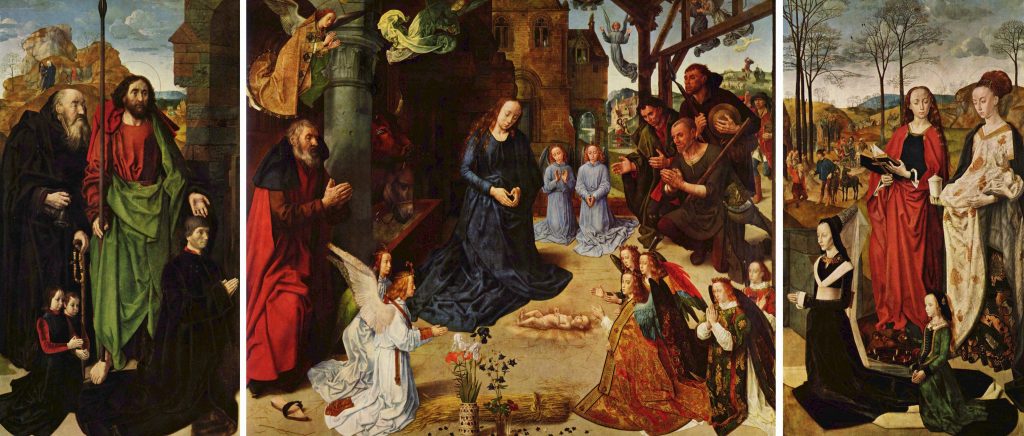
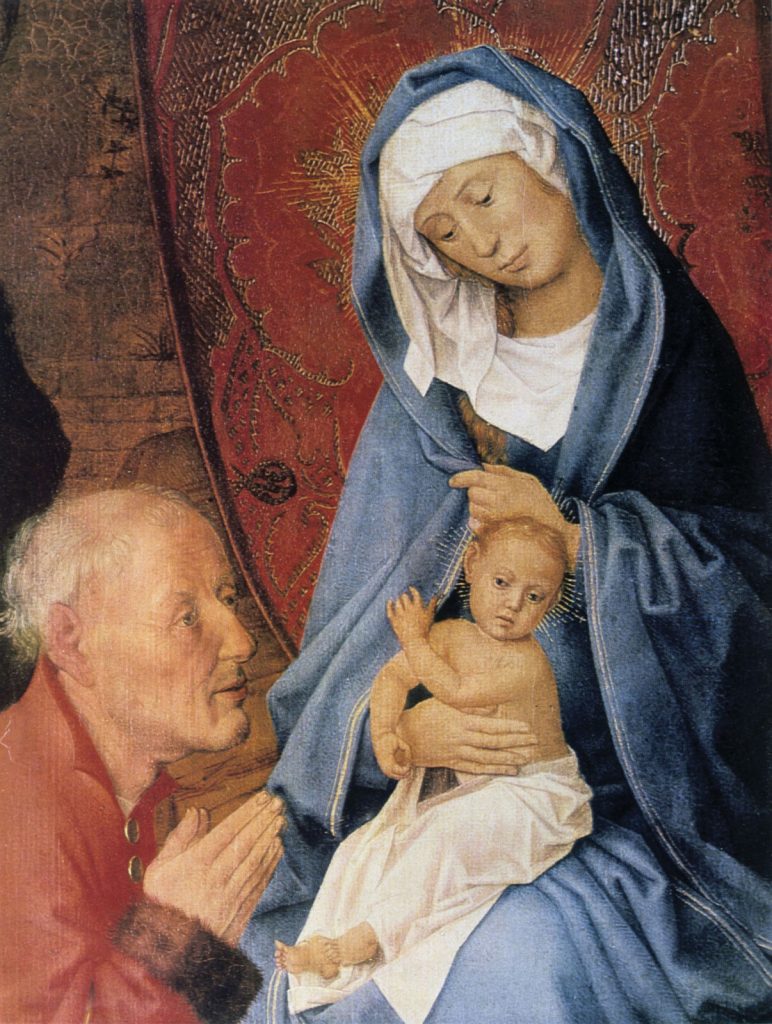
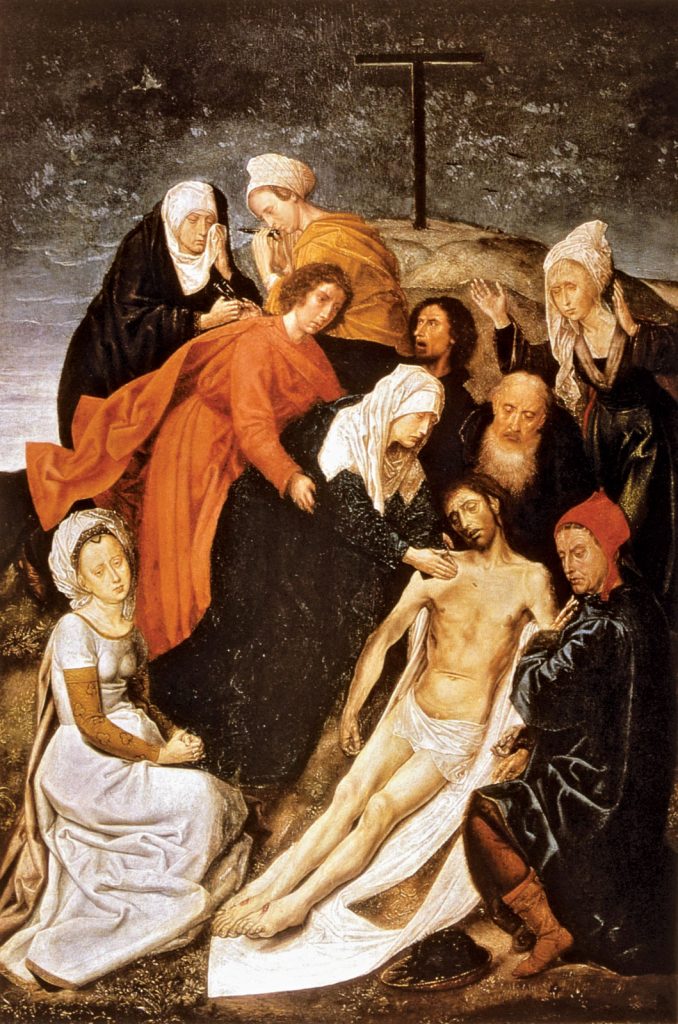
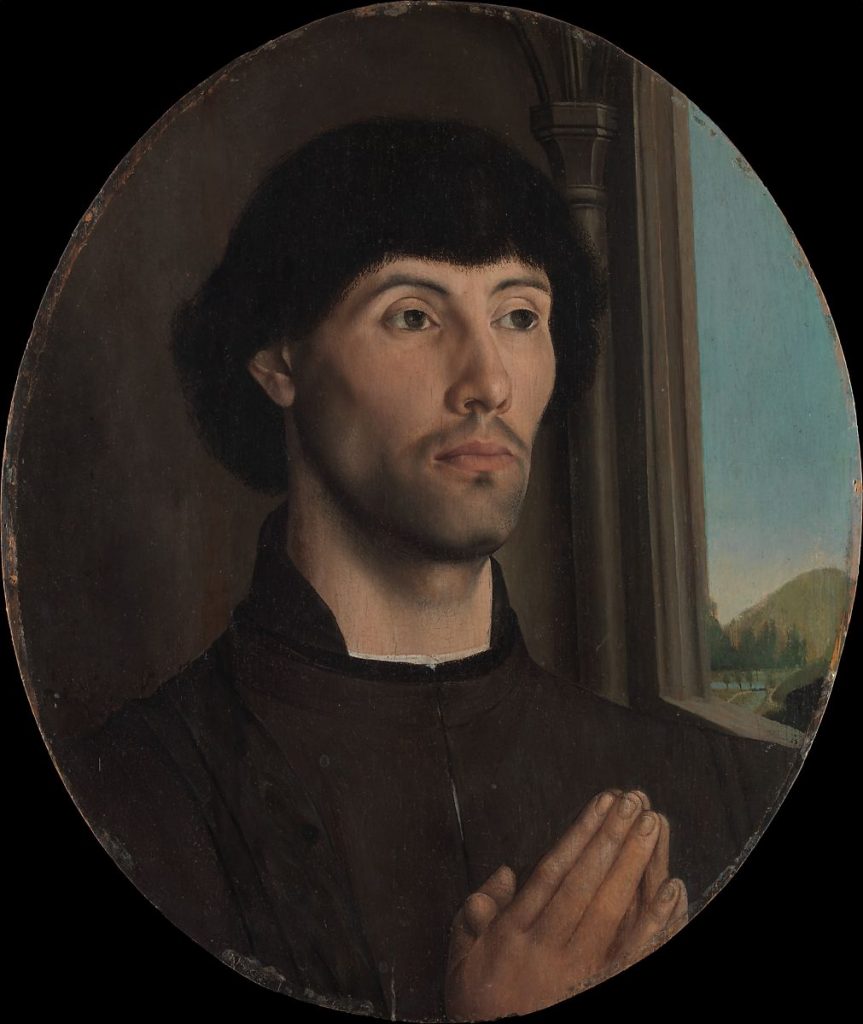
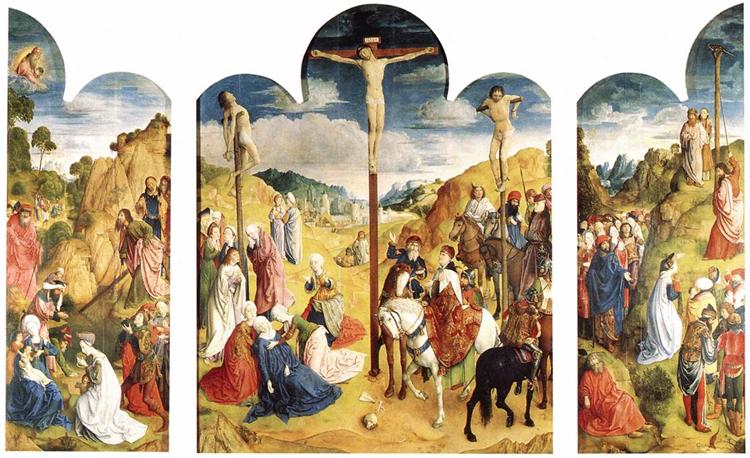
Sources:
“Hugo Van Der Goes.” Encyclopædia Britannica, Encyclopædia Britannica, Inc., https://www.britannica.com/biography/Hugo-van-der-Goes.
Gombrich, L. (1995). The story of art. Phaidon.
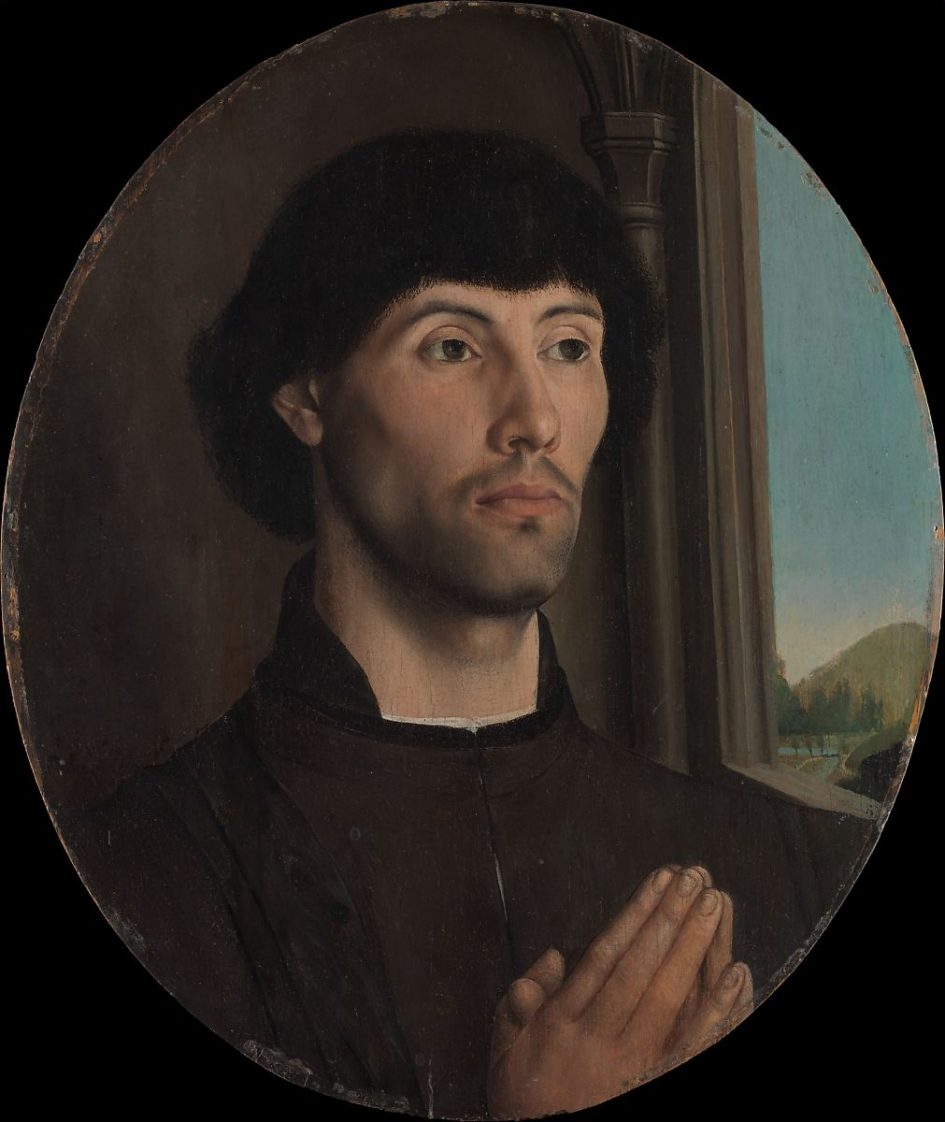
Leave a Reply